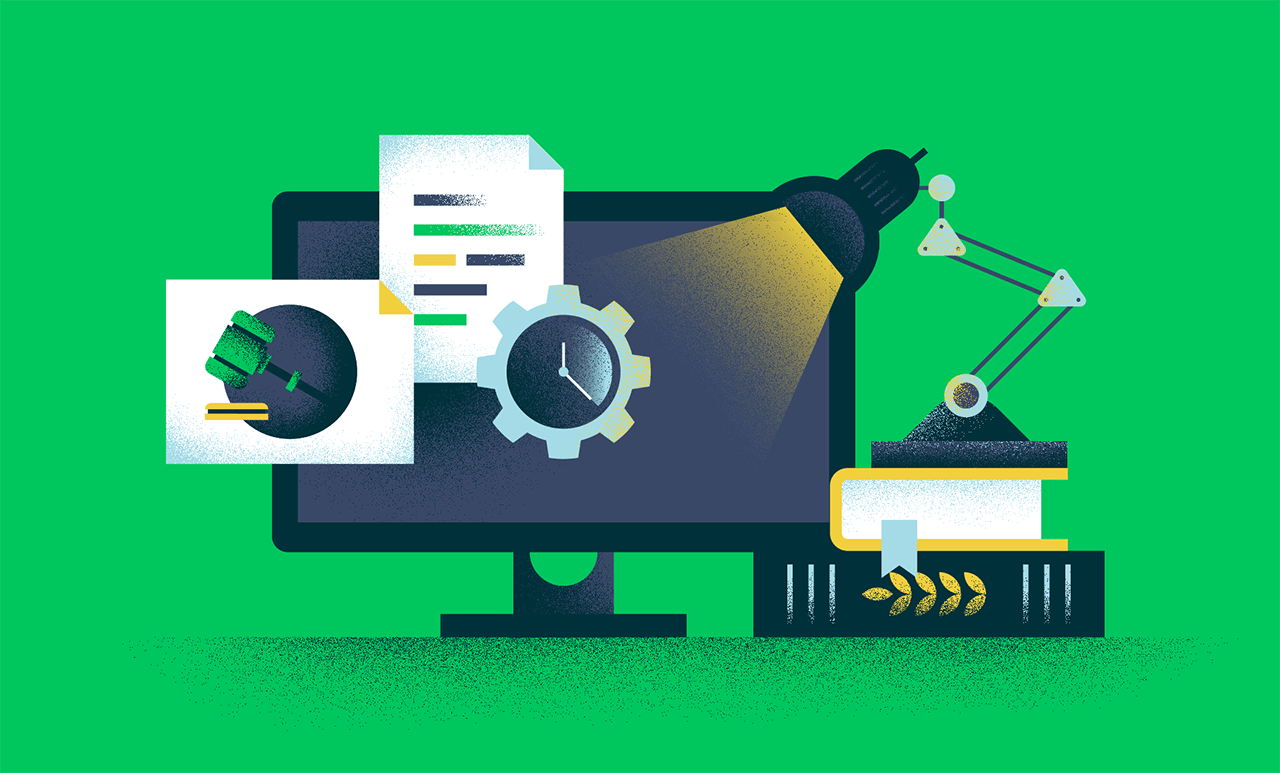There is a central thesis to AI for Lawyers, the new book from Kira Systems co-founders Noah Waisberg and Dr. Alexander Hudek: AI is here, and it’s time for lawyers to take advantage of it.
That thesis, and the adoption of AI in law practice, was the theme of a recent fireside chat, “Are Lawyers Ready to Trust AI?” The session, hosted by Noah Waisberg, featured David Morley, Principal at David H Morley LLP and former Global Managing Partner & Global Senior Partner at Allen & Overy, and Paula Gomes Freire, Partner at Vieira de Almeida & Associados in Portugal.
Waisberg began with the observation that AI is becoming ubiquitous in the practice of law, and that this follows the adoption pattern of earlier technological innovations in legal practice, such as redlining software, online legal research, virtual data rooms, or even email. Each of these were initially met with skepticism and some resistance, but as a critical mass of users developed, they all became industry standard solutions.
The question is whether AI is on the verge of that kind of ubiquity. Morley and Gomes Freire think so.
“I think of AI as giving lawyers a superpower. It augments what lawyers already do, and the speed they do it with…I expect some resistance, but who wouldn’t want a superpower?” said Gomes Freire. Morley agrees: “I am in the Pollyanna camp. But I’m a realistic Pollyanna. There is a lot of work, even in the best law firms, that is not exciting - project management, administration, redlining. Using AI to take over or speed up those less interesting and repetitive parts of legal work allows lawyers to spend more time solving problems more holistically with clients and engaging with them.”
The discussion returned many times to the idea of tipping points - that with every technology there is resistance at first, but once they are accepted, adoption comes quickly and the technology becomes ubiquitous. Morley admits there’s some herd-like behavior in the legal industry with regard to tech. He recalled the first time he saw a Blackberry in action. “I went back to the office and said ‘we need Blackberrys!’” In a relatively short period, handheld devices were essential equipment for lawyers.
Is AI at that tipping point? There are barriers, many of them inside law firm structures. One issue is the shifting skill sets required to use AI effectively, and the new staffing models that it requires. “Lawyers think they are superheroes, and they don’t need new superpowers,” said Morley. But that’s not the way AI develops - the skill sets needed to apply AI will require collaboration between those with technology and legal skills. “The future will belong to multidisciplinary teams.”
Waisberg reflected on his own experience when he started Kira Systems. “I had an idea for automating parts of the contract review process. I could have gone out and taught myself how to code and develop machine learning systems, but that wasn’t my expertise. Instead, I found a partner who was an expert in that space, and together we developed something better than either of us could have built separately.”
In today’s environment, is it better to be an early adopter, or a “fast follower” when it comes to adopting new technologies like AI? Morley thinks there’s an unfortunate consensus in the industry, a tendency to prefer the “fast follower” approach. “The way technology is changing, if you are ‘fast following,’ you’ll always be a follower. And you won’t be learning the lessons that the early adopters learn. Over time, that approach puts you at a disadvantage.”
Gomes Freire agrees. “With AI in particular, the technology has an effect on the business model. AI generates efficiencies, and cost reductions, that will put pressures on a more people-centric business model. The first adopters of AI that are ahead in making that shift will be at an advantage.”
Watch the video below for more insight from the fireside chat. It includes discussions on training, new staffing models, and other challenges and opportunities in AI adoption. You can also learn more about AI for Lawyers, a Wall Street Journal bestseller, by clicking here.



